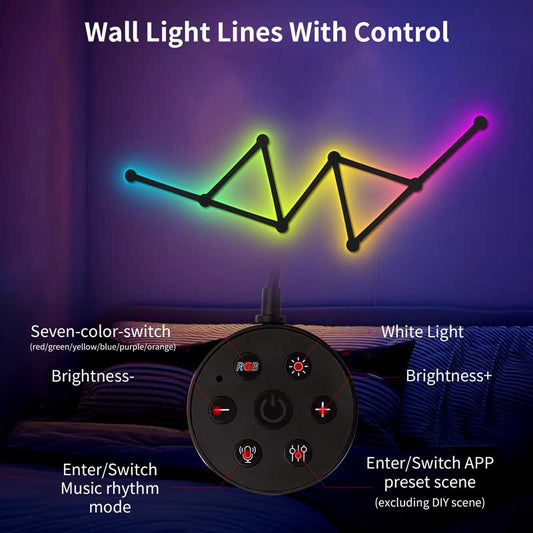What do lumens mean when choosing a lamp?
Share
When choosing a lamp, lumens are a crucial metric to consider. Lumens measure the total amount of visible light emitted by a light source, such as a lamp or a light bulb. In simpler terms, lumens indicate the brightness of the light produced by the lamp.
Here are some key points to consider about lumens when selecting a lamp:
-
Brightness: The higher the lumens, the brighter the light emitted by the lamp. If you need a lamp for an area that requires a lot of light, such as a workspace or a kitchen, you should look for a lamp with higher lumens.
-
Room Size: The size of the room or space where the lamp will be used is important when considering lumens. Larger rooms generally require lamps with higher lumens to adequately light the space.
-
Purpose: Consider the purpose of the lamp. For example, a reading lamp might require higher lumens for focused lighting, while ambient lighting might need lower lumens for a softer glow.
-
Lumens vs. Wattage: In the past, people used wattage to determine the brightness of a bulb. However, with the advent of energy-efficient LED bulbs, which consume less power for the same brightness, wattage is no longer a reliable indicator of brightness. Lumens provide a more accurate measure of a lamp's brightness.
-
Comparison: To give you an idea, a standard 60-watt incandescent bulb produces around 800 lumens of light. When choosing an LED lamp, you might need around 8-12 watts to produce the same amount of light.
So, when selecting a lamp, pay attention to the lumens to ensure that the lamp provides the right level of brightness for your needs. Consider factors such as room size, purpose, and the desired ambiance when choosing the appropriate lumen output for your lamp.




